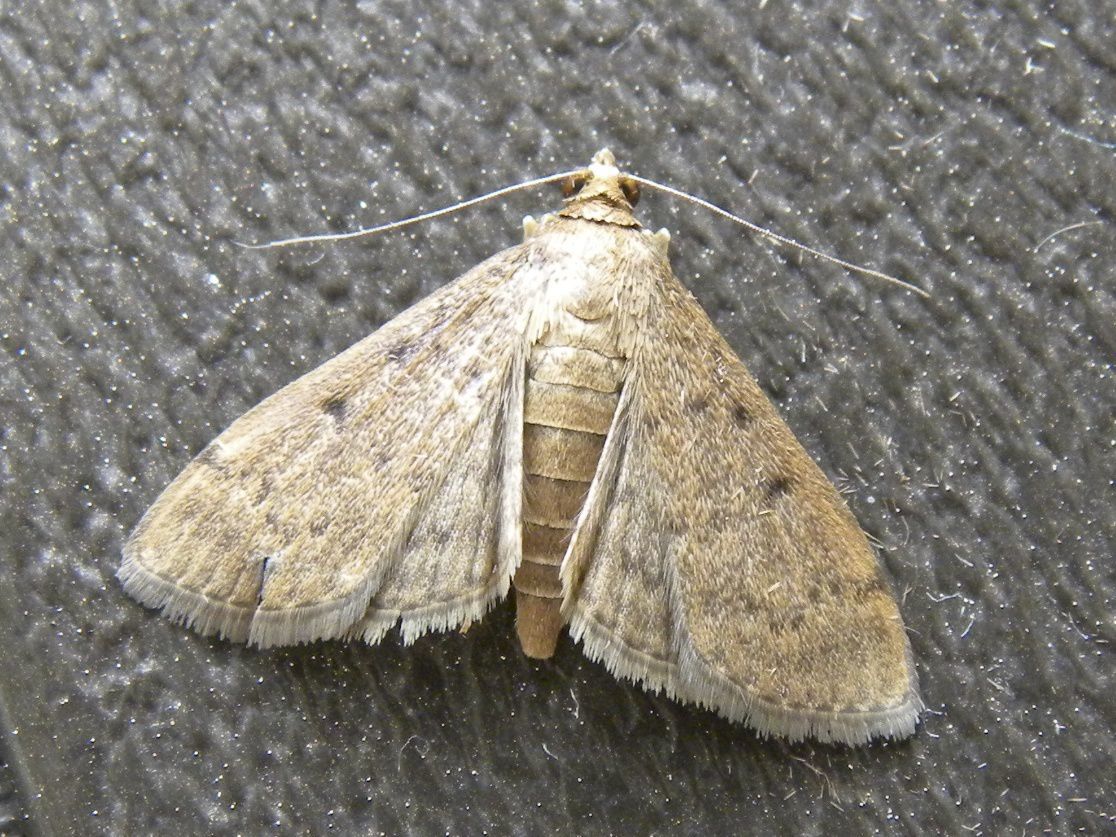Moths In My Lawn
If you have noticed small, fluttery insects around your lawn at night, you might be dealing with moths. While they might seem harmless, moths can actually be quite a nuisance. They can damage your grass and plants, and attract predators like birds and rodents to your lawn.
The pain points of moths in your lawn
Moths in your lawn can cause several issues. Firstly, they can damage your grass by laying eggs on it, which hatch into larvae that feed on grass roots. This can lead to patches of dead or dying grass. Secondly, the moths themselves can attract predators like birds and rodents to your lawn, which can cause further damage. Lastly, moths can be a nuisance if you like spending time in your yard at night, as they are attracted to light sources like porch lights and can congregate in large numbers.
Why are moths attracted to your lawn?
Moths are attracted to lawns that are well-watered and have plenty of vegetation. They are also attracted to light sources, so if you have outdoor lights, this can also draw them in. Moths lay their eggs on grass blades and leaves, which hatch into larvae that feed on the grass and plants.
How to get rid of moths in your lawn
There are several ways to get rid of moths in your lawn. Firstly, you can reduce the amount of watering you do, which will make your lawn less attractive to moths. Secondly, you can remove dead or dying grass patches, which will reduce the number of areas for moths to lay their eggs. Lastly, you can use insecticides to kill any moths or larvae that are present in your yard.
My personal experience with moths in my lawn
Last summer, I noticed a large number of moths congregating around my porch light at night. At first, I didn't think much of it, but over time, I started to notice patches of dead grass in my yard. I did some research and realized that the moths were likely the culprit. I reduced my watering schedule and applied an insecticide, which helped to reduce the number of moths in my yard and prevent further damage.
Preventing moths in your lawn
To prevent moths in your lawn, it's important to keep your yard well-maintained. This means reducing watering, removing dead or dying grass, and using insecticides if necessary. You can also try using yellow bug lights instead of white lights, as moths are less attracted to yellow light. Additionally, consider planting moth-repelling plants like lavender or rosemary around your yard.
Moth-repelling plants for your lawn
Lavender and rosemary are two examples of plants that are known to repel moths. Both plants have a strong scent that moths find unappealing, so planting them around your yard can help to keep moths at bay. Other plants that are known to repel moths include peppermint, sage, and basil.
Question and Answer:
Q1: Can moths damage plants other than grass?
A1: Yes, moths can damage other plants as well, including flowers and vegetables. They lay their eggs on the leaves and stems of plants, which can cause damage to the plant as the larvae feed.
Q2: Are all moths harmful to your lawn?
A2: No, not all moths are harmful to your lawn. Many moths are actually beneficial, as they help to pollinate plants and flowers. However, some species of moth, like webworms, can cause damage to your lawn.
Q3: Can you use natural methods to repel moths in your lawn?
A3: Yes, there are several natural methods you can use to repel moths in your lawn. These include planting moth-repelling plants like lavender and rosemary, using yellow bug lights instead of white lights, and reducing the amount of watering you do in your yard.
Q4: How can I tell if moths are causing damage to my lawn?
A4: Look for areas of dead or dying grass, as well as patches of grass that are thinning or turning yellow. You may also notice moths flying around your yard at night, particularly around light sources like porch lights.
Conclusion
If you've noticed moths in your lawn, it's important to take action to prevent damage to your grass and plants. By reducing watering, removing dead patches of grass, and using insecticides if necessary, you can keep moths at bay and maintain a healthy, vibrant lawn.
Gallery
Martin's Moths: A Moth! A Moth!

Photo Credit by: bing.com / moth moths odd barren enough sure were but first
Misidentifying Moths And My Poem “Summer Love” | Scott Edward Anderson
Photo Credit by: bing.com / moth cecropia moths hyalophora butterflies beautiful wordpress poetry edward anderson scott north butterfly
Moths Fluttering Over A Patchy Lawn? You May Have Webworms | Home

Photo Credit by: bing.com / moths nola sod fluttering theadvocate
Question: White Moths On My Lawn? - The Lawn Man

Photo Credit by: bing.com / moths thelawnman
Martin's Moths: Hiding In The Grass

Photo Credit by: bing.com / moths grass martin trap